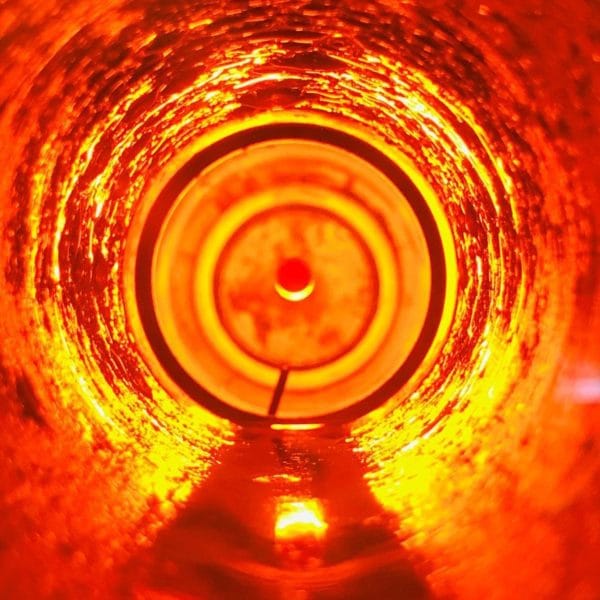In December 2020, S&P Global Platts awarded its Emerging Technology of the Year Award to Australian technology company Star Scientific for its Hydrogen Energy Release Optimiser (HERO). Star Scientific’s technology can transition coal-fired electricity plants to green energy, desalinate water in a clean process, use green hydrogen to generate the high heats necessary for industrial processes and, in a similar vein, provide emissions-free warmth to large areas.
This HERO technology with such varied and timely applications has now also caught the eye of the Philippines Department of Energy which this week announced a Memorandum of Understanding (MoU) with Star Scientific to help the country’s push toward energy self-sufficiency and development through green hydrogen.
As an archipelagic nation with large numbers of its people in isolated or remote regions the Philippines is heavily reliant on fossil fuels. It is the hope of the Department of Energy of the Republic of the Philippines (Department of Energy) that Star Scientific’s HERO technology will accelerate the green hydrogen revolution in the country, providing not only clean self-sufficient sources of energy but also water security.
The MoU set out objectives for Star Scientific to retro-fit existing coal-fired power stations with HERO systems powered by green hydrogen. The two parties will also explore whether the Philippines’ large resources of offshore wind could be utilised toward this green hydrogen end.
The Department of Energy is keen to utilise every application of the HERO system, including using it to help provide decentralised scalable power and desalination capabilities for all of the country’s inhabited islands.
Star Scientific Global Group Chairman, Andrew Horvath, said he was proud that an Australian innovation had captured the attention of a national government that wanted to drive its economic development through an environmentally sustainable energy source for power generation and water desalination.

Image: Star Scientific
Horvath called the agreement “a significant milestone in the development of the global hydrogen economy.” Adding that this bold and holistic step by the Philippines was a sign that “we can begin to see the reality of whole economies turning over to hydrogen and a rapid acceleration to sustainable energy on a global scale.”
In an interview with pv magazine in December, Horvath was not shy about the global interest in Star Scientific’s technology and Australia’s potential in developing the global hydrogen economy. “The Norwegians have been all over us” — Horvath said. And Northern Europe has been knocking down the virtual door because “They’re desperate to get off Russian gas.”
Like many great inventions and advances in science, the HERO technology initially came about by accident. The discovery, which Horvath’s team of scientists and engineers were surprised to find absent from scientific literature and patent history, was of a “weird artefact with extraordinary properties. That artefact is now HERO, a coating which can be applied to a substrate, such as a metal or ceramic, and “when it comes into contact with hydrogen and oxygen, it goes from zero to over 700 degrees Celsius in three minutes.”

Image: Star Scientific
Such a discovery was quickly realised to have enormous potential, particularly in the use of hydrogen instead of coal to heat steam to generate electricity at power plants.
“Because it’s not burning, it’s a reaction, all that energy is excitement energy and it goes straight through the substrate. So our energy transfer is above 90% into whatever you’re transferring it to, whether it’s water, CO2, whatever medium.”
This content is protected by copyright and may not be reused. If you want to cooperate with us and would like to reuse some of our content, please contact: editors@pv-magazine.com.









81 comments
By submitting this form you agree to pv magazine using your data for the purposes of publishing your comment.
Your personal data will only be disclosed or otherwise transmitted to third parties for the purposes of spam filtering or if this is necessary for technical maintenance of the website. Any other transfer to third parties will not take place unless this is justified on the basis of applicable data protection regulations or if pv magazine is legally obliged to do so.
You may revoke this consent at any time with effect for the future, in which case your personal data will be deleted immediately. Otherwise, your data will be deleted if pv magazine has processed your request or the purpose of data storage is fulfilled.
Further information on data privacy can be found in our Data Protection Policy.